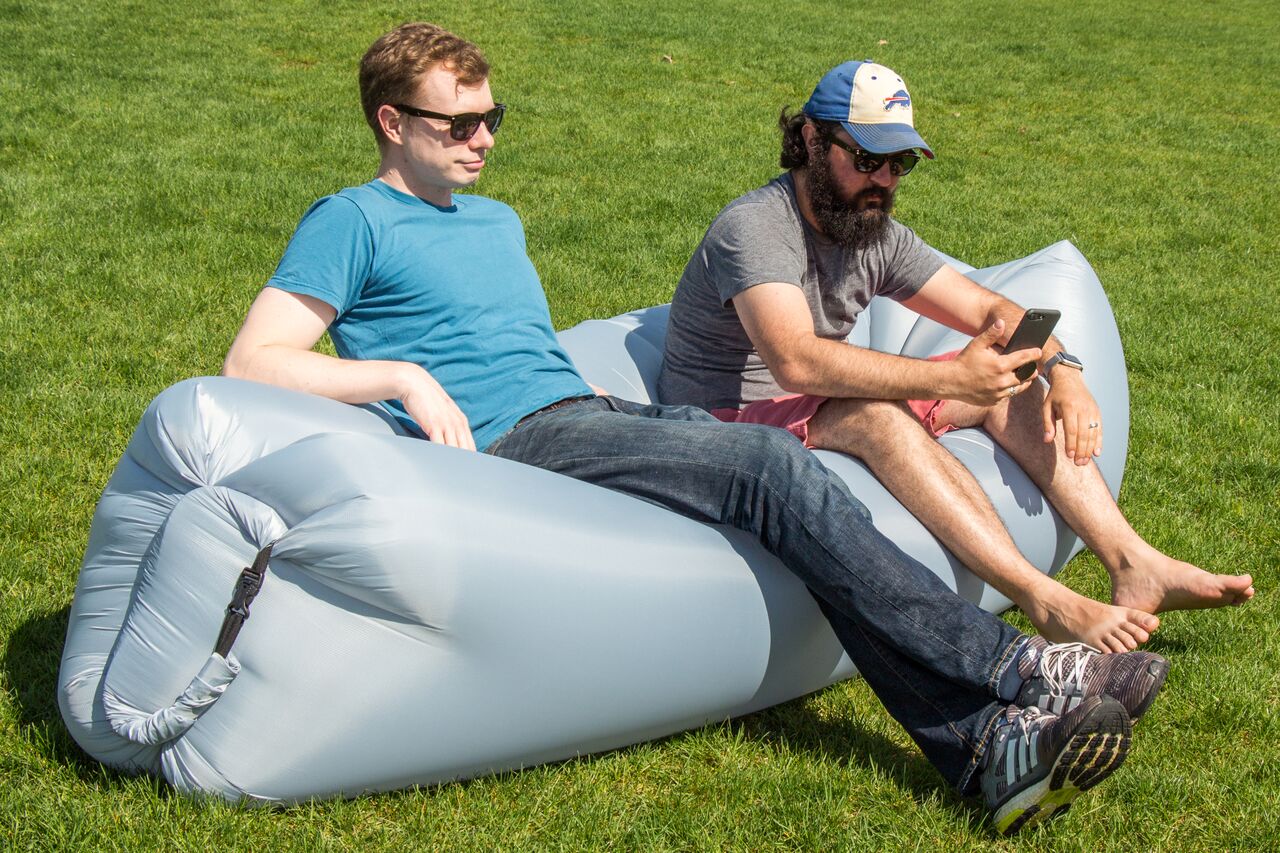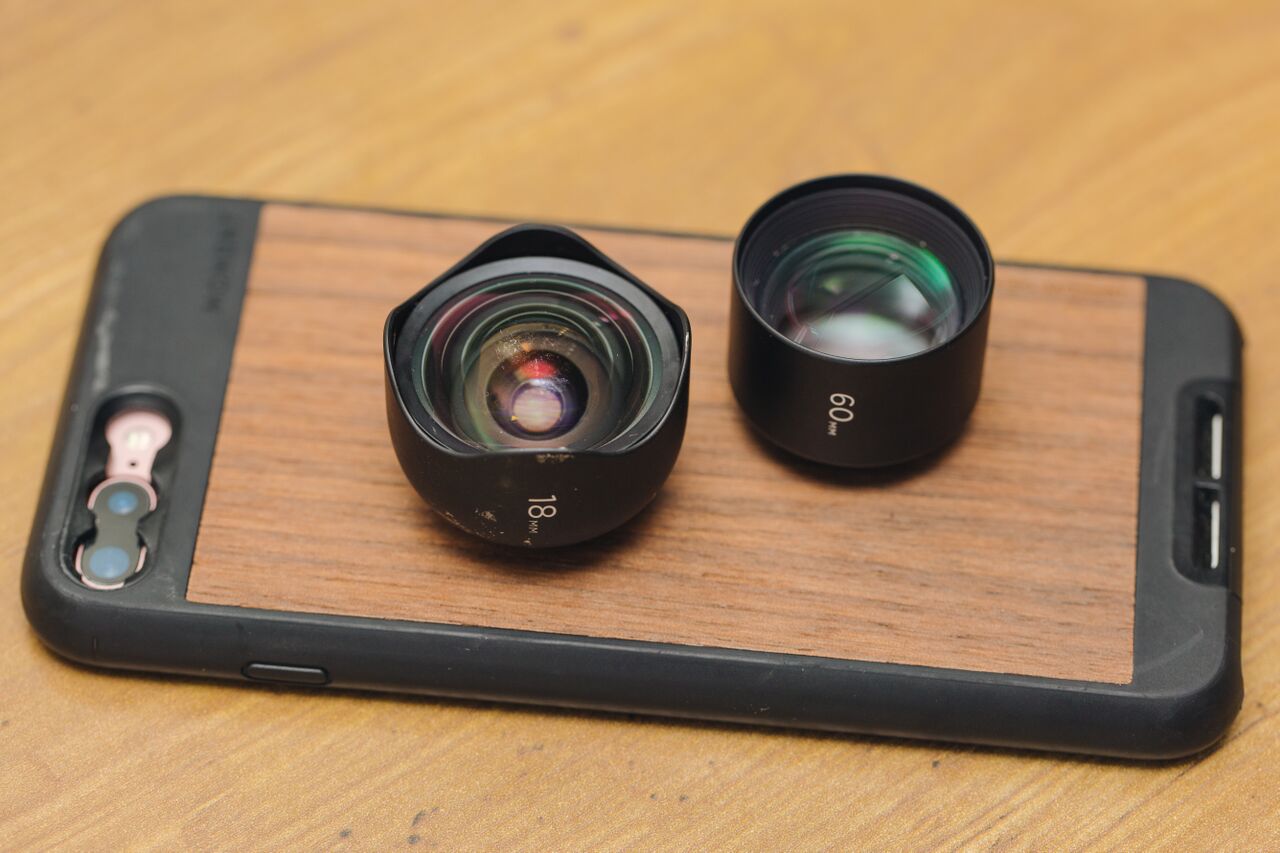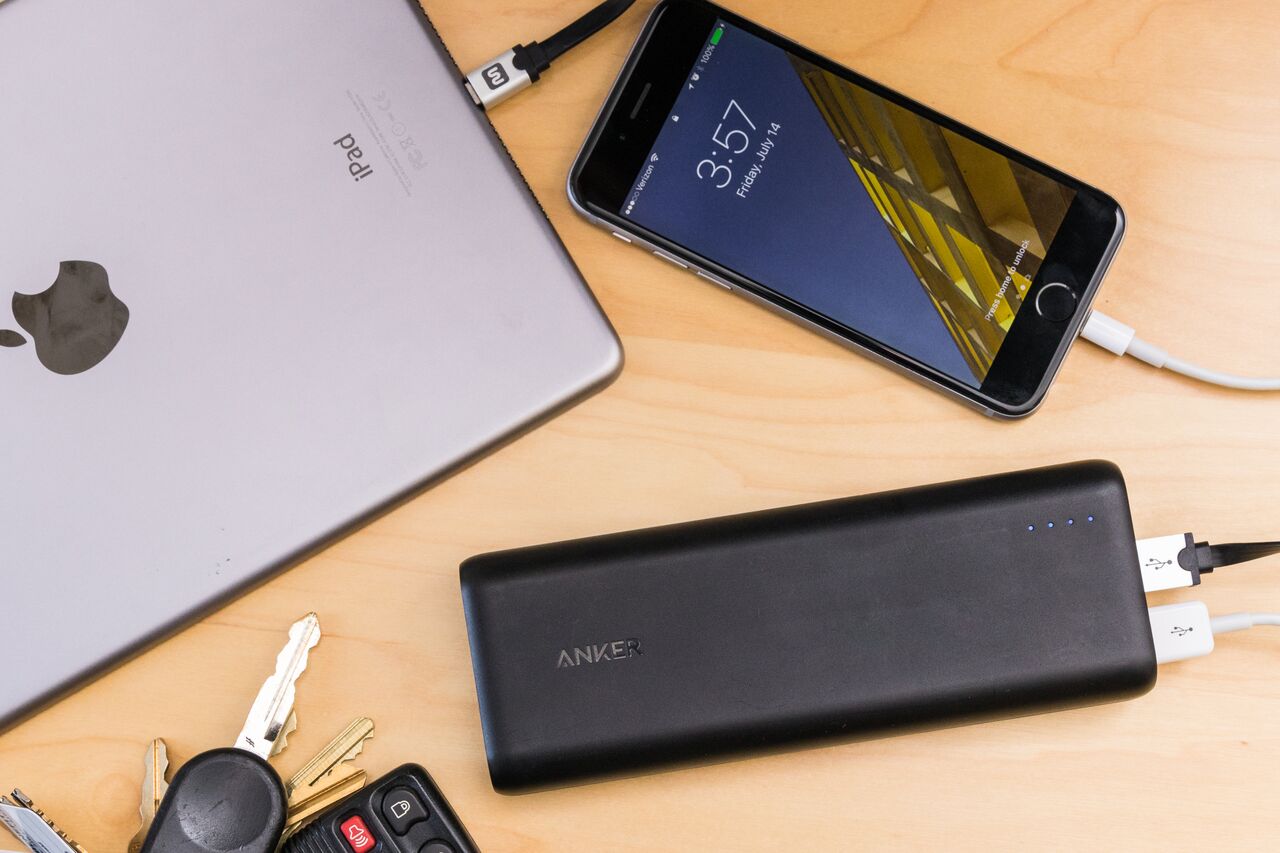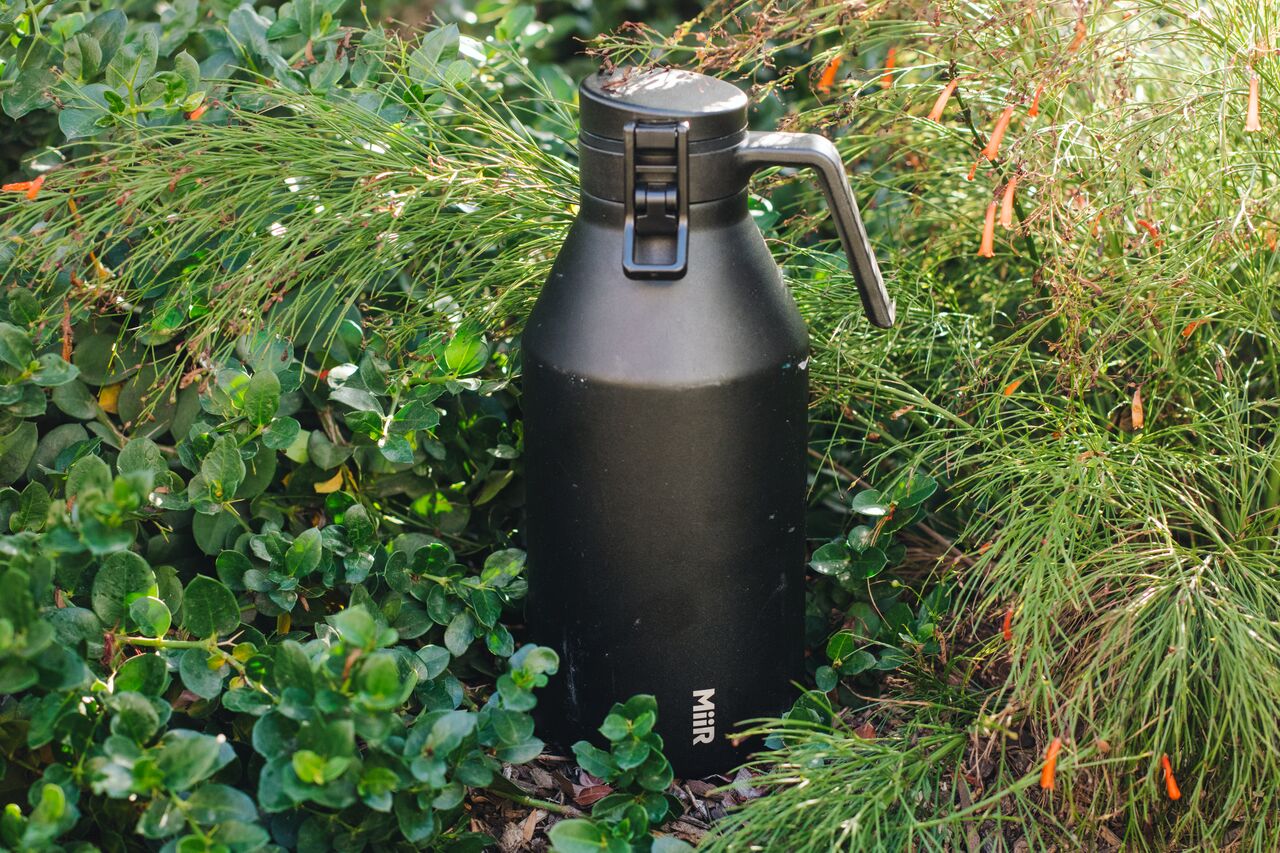A multi-year NASA contest to design a 3D-printable Mars habitat using on-planet materials has just hit another milestone — and a handful of teams have taken home some cold hard cash. This more laid-back phase had contestants designing their proposed habitat using architectural tools, with the five winners set to build scale models next year.
Technically this is the first phase of the third phase — the (actual) second phase took place last year and teams took home quite a bit of money.
The teams had to put together realistic 3D models of their proposed habitats, and not just in Blender or something. They used Building Information Modeling software that would require these things to be functional structures designed down to a particular level of detail — so you can’t just have 2D walls made of “material TBD,” and you have to take into account thickness from pressure sealing, air filtering elements, heating, etc.
The habitats had to have at least a thousand square feet of space, enough for four people to live for a year, along with room for the machinery and paraphernalia associated with, you know, living on Mars. They must be largely assembled autonomously, at least enough that humans can occupy them as soon as they land. They were judged on completeness, layout, 3D-printing viability, and aesthetics.
So although the images you see here look rather sci-fi, keep in mind they were also designed using industrial tools and vetted by experts with “a broad range of experience from Disney to NASA.” These are going to Mars, not paperback. And they’ll have to be built in miniature for real next year, so they better be realistic.
The five winning designs embody a variety of approaches. Honestly all these videos are worth a watch; you’ll probably learn something cool, and they really give an idea of how much thought goes into these designs.
Zopherus has the whole print taking place inside the body of a large lander, which brings its own high-strength printing mix to reinforce the “Martian concrete” that will make up the bulk of the structure. When it’s done printing and embedding the pre-built items like airlocks, it lifts itself up, moves over a few feet, and does it again, creating a series of small rooms. (They took first place and essentially tied the next team for take-home case, a little under $21K.)
AI SpaceFactory focuses on the basic shape of the vertical cylinder as both the most efficient use of space and also one of the most suitable for printing. They go deep on the accommodations for thermal expansion and insulation, but also have thought deeply about how to make the space safe, functional, and interesting. This one is definitely my favorite.
Kahn-Yates has a striking design, with a printed structural layer giving way to a high-strength plastic layer that lets the light in. Their design is extremely spacious but in my eyes not very efficiently allocated. Who’s going to bring apple trees to Mars? Why have a spiral staircase with such a huge footprint? Still, if they could pull it off, this would allow for a lot of breathing room, something that will surely be of great value during year or multi-year stay on the planet.
SEArch+/Apis Cor has carefully considered the positioning and shape of its design to maximize light and minimize radiation exposure. There are two independent pressurized areas — everyone likes redundancy — and it’s built using a sloped site, which may expand the possible locations. It looks a little claustrophobic, though.
Northwestern University has a design that aims for simplicity of construction: an inflatable vessel provides the base for the printer to create a simple dome with reinforcing cross-beams. This practical approach no doubt won them points, and the inside, while not exactly roomy, is also practical in its layout. As AI SpaceFactory pointed out, a dome isn’t really the best shape (lots of wasted space) but it is easy and strong. A couple of these connected at the ends wouldn’t be so bad.
The teams split a total of $100K for this phase, and are now moving on to the hard part: actually building these things. In spring of 2019 they’ll be expected to have a working custom 3D printer that can create a 1:3 scale model of their habitat. It’s difficult to say who will have the worst time of it, but I’m thinking Kahn-Yates (that holey structure will be a pain to print) and SEArch+/Apis (slope, complex eaves and structures).
The purse for the real-world construction is an eye-popping $2 million, so you can bet the competition will be fierce. In the meantime seriously watch those videos above, they’re really interesting.
Source: Tech Crunch



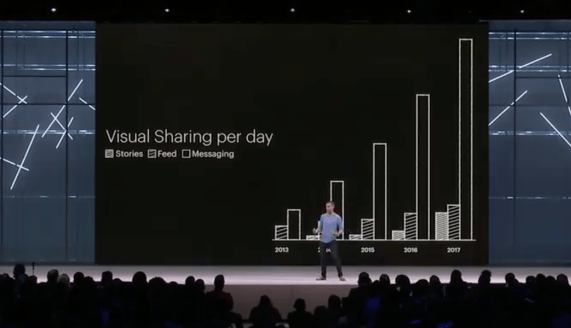
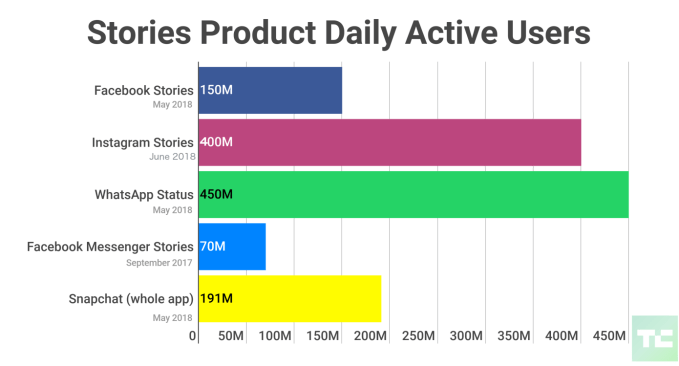
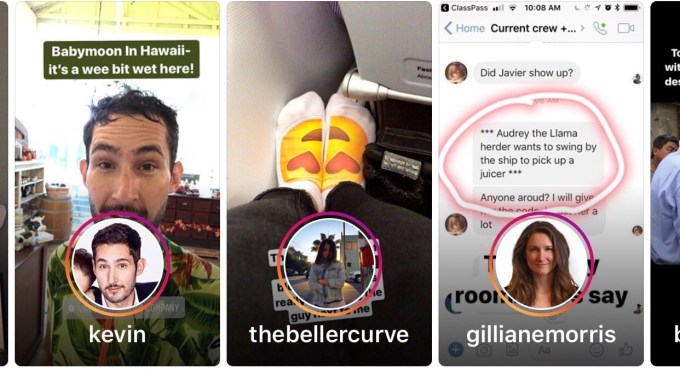
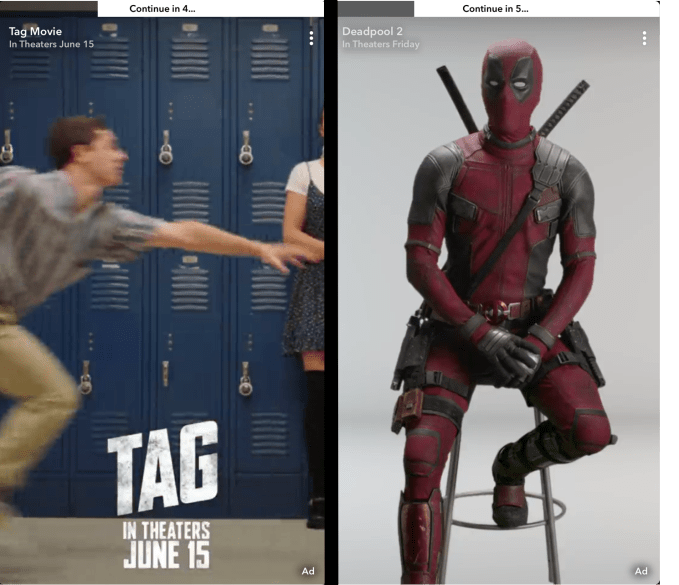
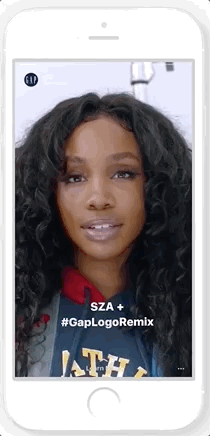
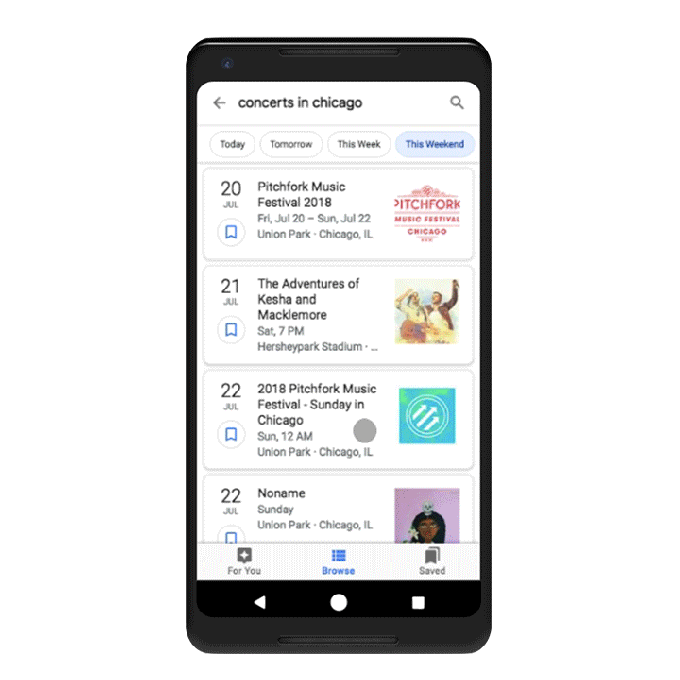
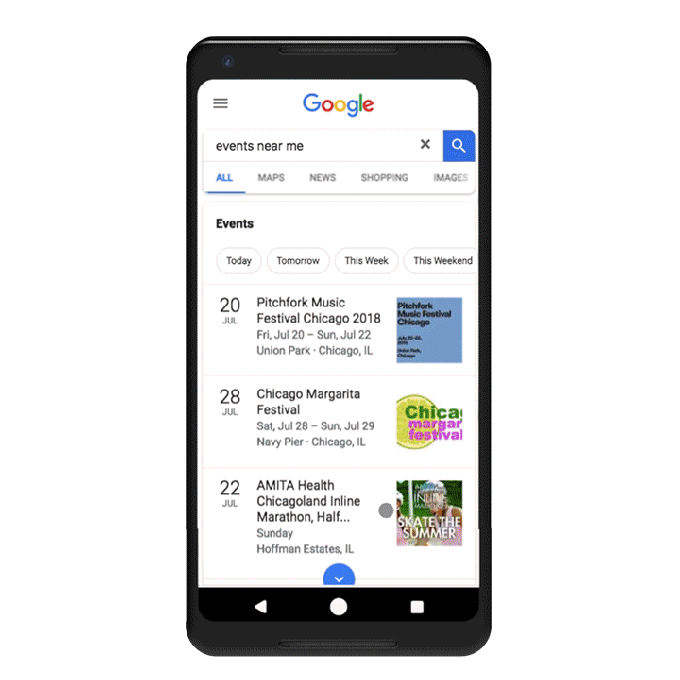

 Importantly, the rocket powering Unity’s flight burned this time for 42 seconds, well over the 30 seconds or so it’s been fired for until now. These tests necessarily have to advance degree by degree, but going from 30 to 42 is a big jump that the engineers are probably thrilled about.
Importantly, the rocket powering Unity’s flight burned this time for 42 seconds, well over the 30 seconds or so it’s been fired for until now. These tests necessarily have to advance degree by degree, but going from 30 to 42 is a big jump that the engineers are probably thrilled about. One of the many ways to take full advantage of the summer is by attending long-awaited happenings and events. Summer festivals of all sorts come around every year, and they’re even better with a few friends — plus some extras to make the experience more memorable. No matter the type of event, having gear that allows you to kick back, keeps you hydrated and powered makes any festival day worthwhile.
One of the many ways to take full advantage of the summer is by attending long-awaited happenings and events. Summer festivals of all sorts come around every year, and they’re even better with a few friends — plus some extras to make the experience more memorable. No matter the type of event, having gear that allows you to kick back, keeps you hydrated and powered makes any festival day worthwhile.